Multiple reports from Russian observers claim that the Russian military has deployed an upgraded version of the Lancet suicide unmanned aerial vehicle (UAV), called Lancet XXL. Photo: @ Military TV.
The Lancet XXL is said to have a significantly improved range of up to 200 km, and its warhead has an explosive force equivalent to 20 kg of TNT. Other advances said to be included in the Lancet XXL UAV include an integrated artificial intelligence (AI) element used to automatically select targets. If true, it signals a potentially significant leap forward in Russian drone technology on the battlefield. Photo: @ Military TV.
This information has only recently appeared and has not yet been officially confirmed by the drone manufacturer, ZALA Aero Group, or the Russian Ministry of Defense . Photo: @ Military TV.
The Lancet drone is known to have been developed by ZALA Aero Group, a subsidiary of Kalashnikov Concern, and the vehicle has become a mainstay of Russian military operations since its debut in June 2019, at the ARMY-2019 military exhibition in Moscow. Photo: @ Military TV.
The Lancet has been steadily evolving since its first combat deployment in Syria in November 2020, where it was used against Tahrir al-Sham forces in Idlib. By July 2022, videos emerged showing Lancet drones attacking Ukrainian targets, including S-300 missile systems, T-64 tanks and Western-supplied M777 howitzers. Photo: @ Military TV.
These operations often rely on reconnaissance drones to locate targets before the Lancet is launched, a tactic that maximizes its accuracy. The drone’s aerodynamic design features X-shaped biplane wings, which enhance maneuverability and speed, with dive speeds reportedly reaching up to 300 km/h. Photo: @Military TV.
The opto-electronic guidance system allows the Lancet UAV to accurately attack mobile or fortified targets. Photo: @ AiTelly.
And the most prominent variant, the Lancet-3, is designed to hover over a target area, identify high-value assets and strike with precision, often targeting artillery, armored vehicles and air defense systems. Photo: @ AiTelly.
With a maximum range of 40 to 50 km and a warhead of up to 5 kg, the Lancet-3 has been widely used in Ukraine since 2022, with Russian sources claiming to have carried out more than 2,800 strikes by early 2025. According to a January 2025 report by Army Recognition Magazine, about 77.7% of these strikes hit their targets, with 738 confirmed destructions, 1,444 cases of damage, and 417 unconfirmed successful strikes. Photo: @AiTelly.
These figures, taken from Russian media, highlight the presence of the Lancet-3 drone on the battlefield, but also highlight the challenges in verifying the Lancet-3's true effectiveness in complex combat environments. Photo: @AiTelly.
Back to the main topic, the Lancet XXL is reportedly a significant upgrade from the Lancet-3. Russian observers claim that the Lancet XXL is twice as large as the Lancet-3, with a warhead that is four times more powerful, equivalent to 20kg of TNT, and a range four times longer, up to 200km. This extended range will allow the Lancet XXL to strike targets much further from the front line, potentially threatening rear assets such as command posts or logistics centers. Photo: @Military TV.
At the same time, the integration of an AI-driven automatic target selection function on the Lancet XXL, which is said to have been first tested on Kalashnikov's Kub-SM drone, shows a move towards greater autonomy for drones on the battlefield. Photo: @ AiTelly.
Such a capability would allow the Lancet XXL drone to autonomously identify and attack targets, without the need for constant operator input (a type of remote operation that is vulnerable to electronic jamming from sophisticated electronic warfare systems). Photo: @Military TV.
The AI integration claimed to be on the Lancet XXL is in line with advances seen in systems like the US Phoenix Ghost or Poland's Warmate, which prioritize autonomy to counter electronic warfare. Photo: @Military TV.
Russian sources claim that the Lancet XXL remains cost-effective, which makes the product line more attractive. At around $35,000 apiece (according to Russian drone expert Samuel Bendett in a 2023 Forbes report), the Lancet offers a cost-effective alternative to traditional guided missiles or air-to-air missiles. Photo: @MilitaryTV.
However, reliance on foreign components, particularly Chinese electronics, complicates production. A 2023 analysis by the Institute for Science and International Security found that 80% of the subcomponents in the Lancet-3 were of Chinese origin, raising concerns about Russia’s ability to maintain production amid international sanctions. Photo: @MilitaryTV.
These supply chain challenges could also limit the deployment of advanced variants like the XXL, especially given the claims of a range of up to 200 km and AI capabilities, which would certainly require more complex, sophisticated hardware. Photo: @Military TV.
Source: https://khoahocdoisong.vn/su-that-ve-uav-lancet-xxl-moi-cua-nga-dang-gay-chu-y-post1543974.html


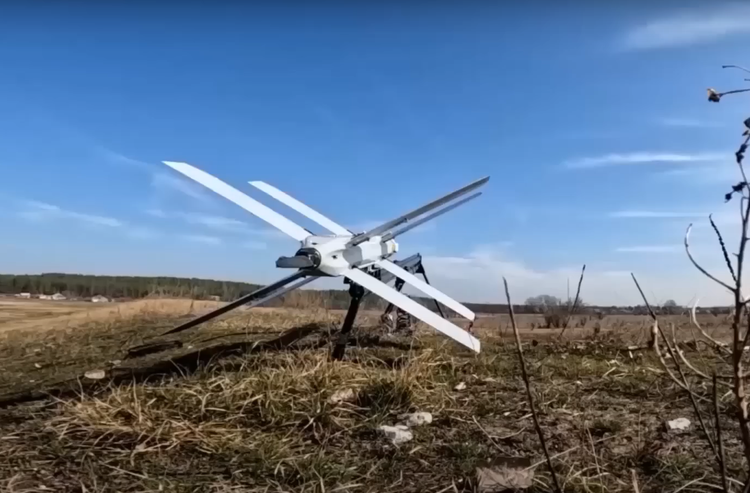
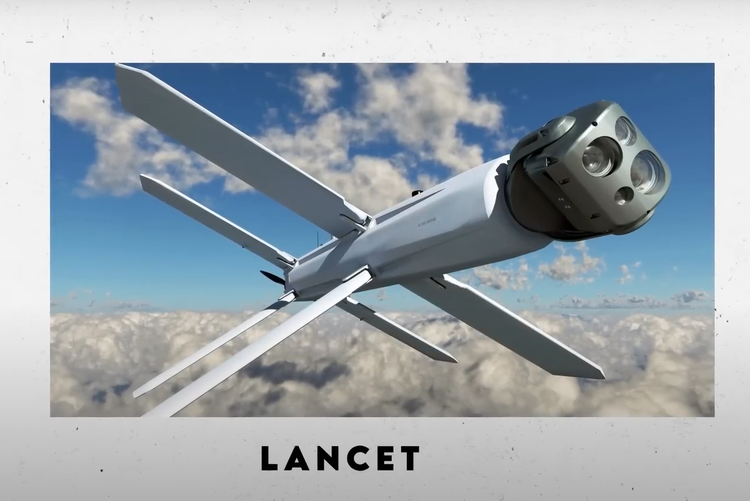
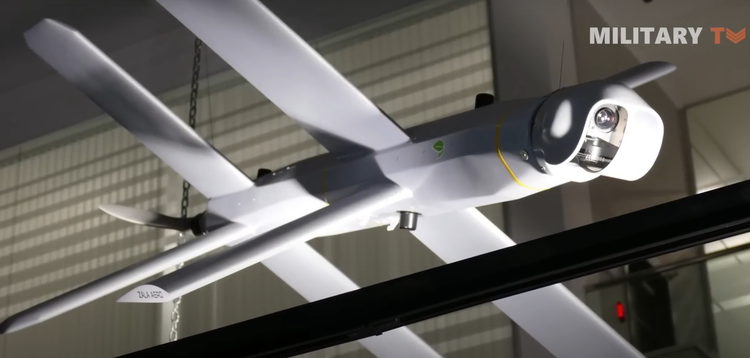
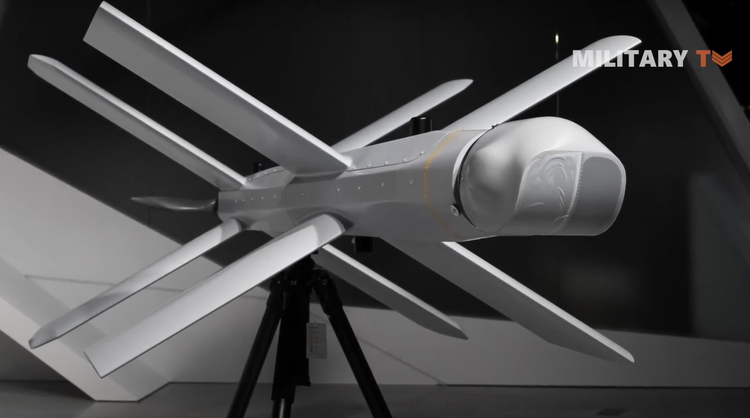
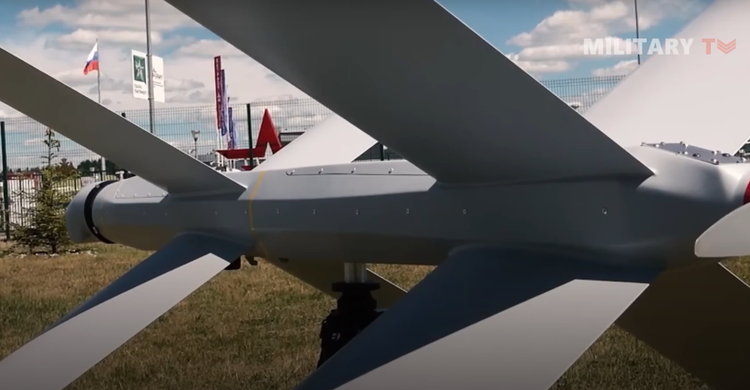
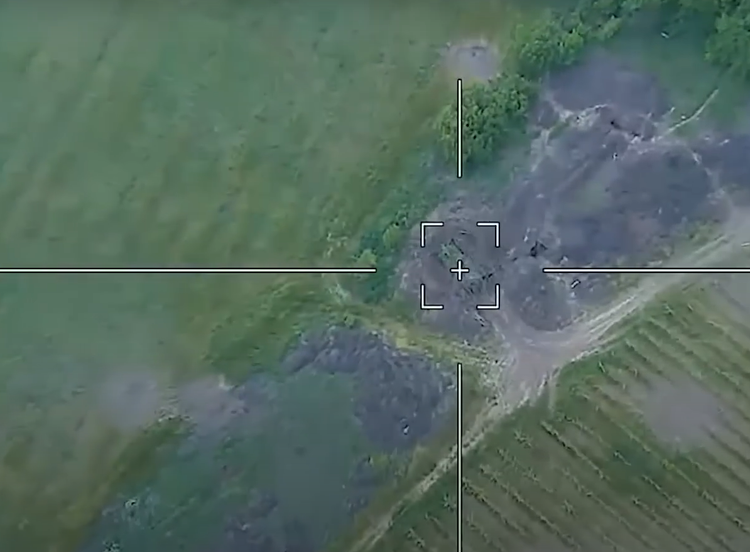

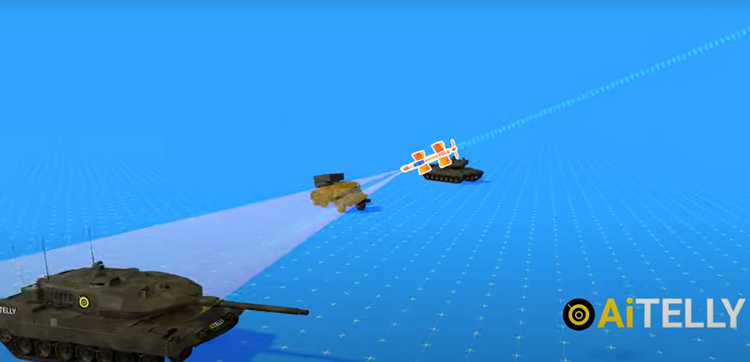
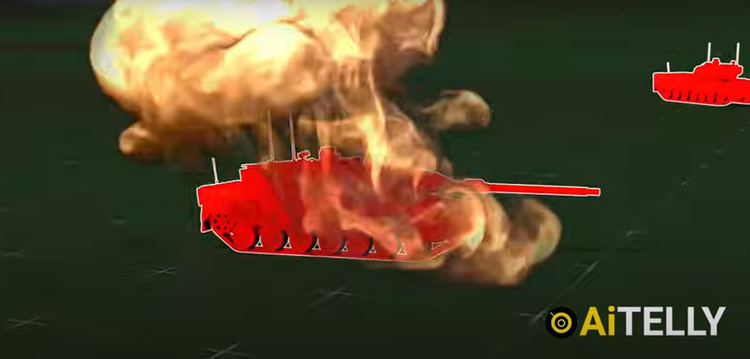
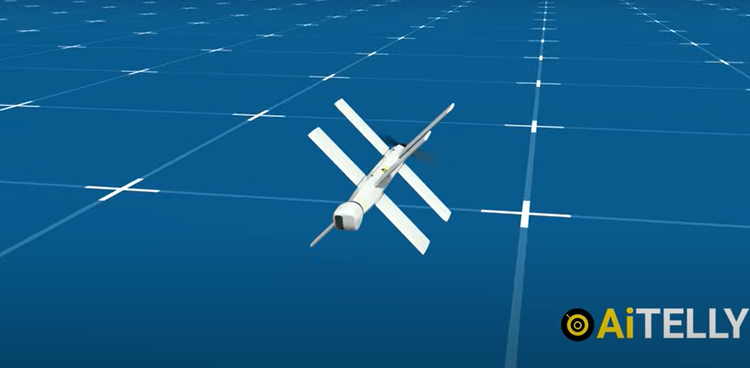
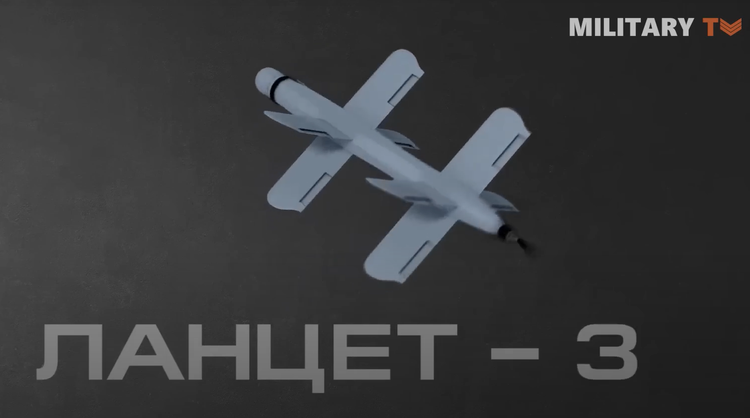
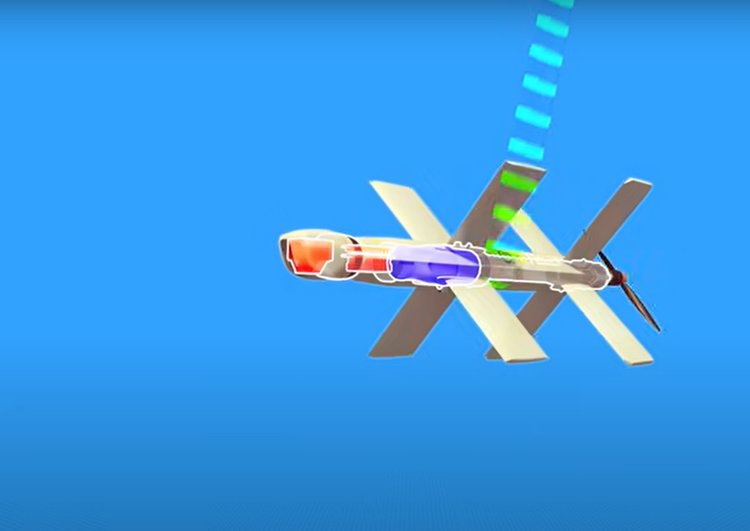
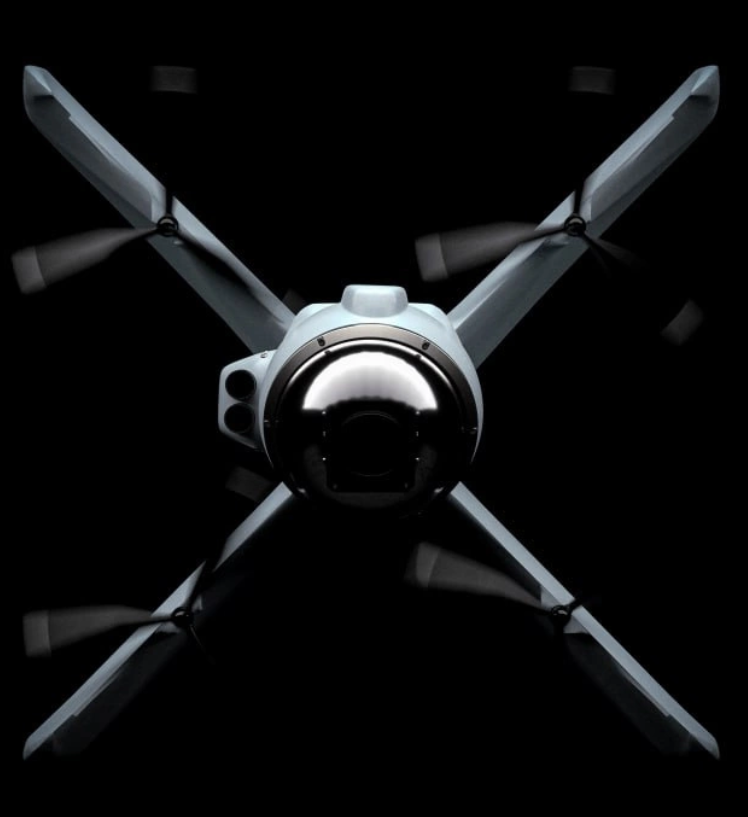
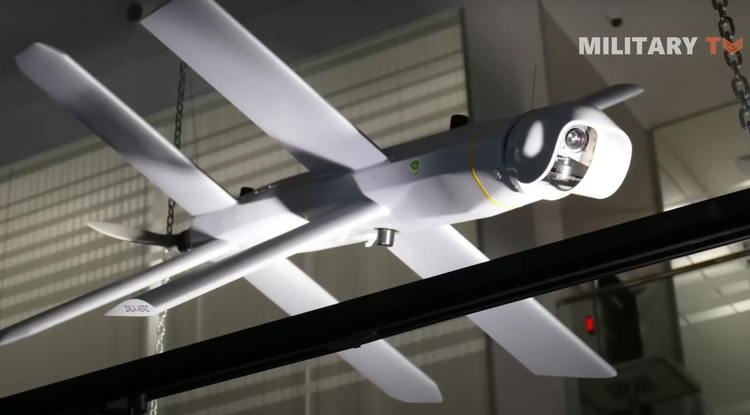
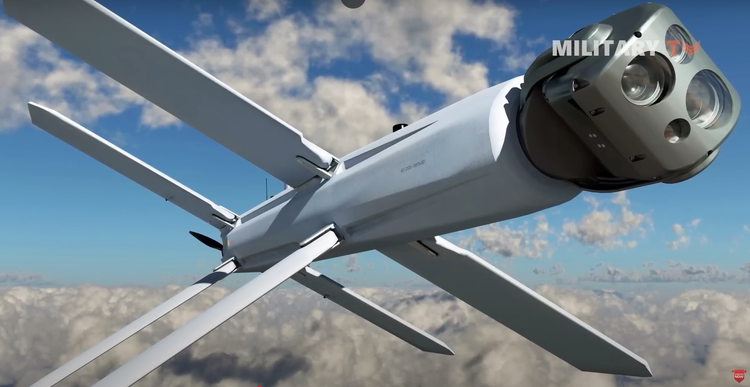
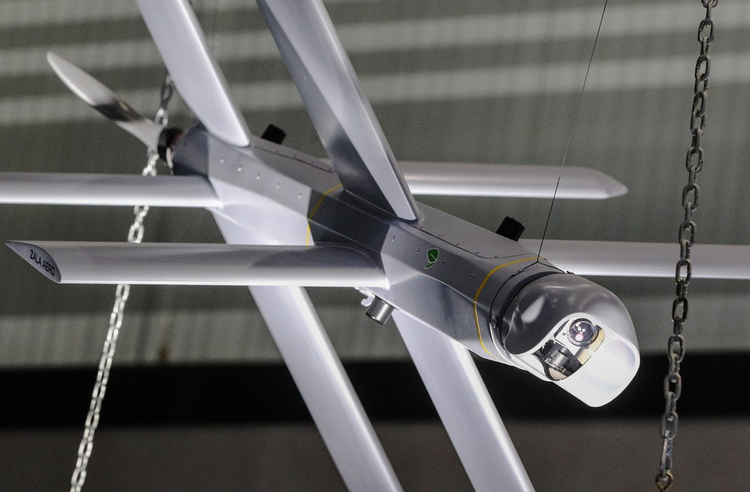
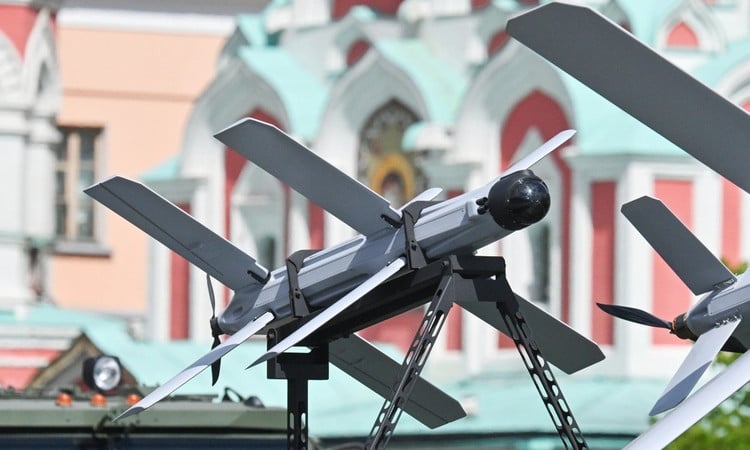



![[Photo] Prime Minister Pham Minh Chinh inspects and directs the work of overcoming the consequences of floods after the storm in Thai Nguyen](https://vphoto.vietnam.vn/thumb/1200x675/vietnam/resource/IMAGE/2025/10/08/1759930075451_dsc-9441-jpg.webp)
![[Photo] Prime Minister Pham Minh Chinh attends the World Congress of the International Federation of Freight Forwarders and Transport Associations - FIATA](https://vphoto.vietnam.vn/thumb/1200x675/vietnam/resource/IMAGE/2025/10/08/1759936077106_dsc-0434-jpg.webp)







![[INFOGRAPHIC] Bigme HiBreak Pro Color, Smartphone for book lovers](https://vphoto.vietnam.vn/thumb/402x226/vietnam/resource/IMAGE/2025/10/08/1759930976900_info-dt-docsach-02-jpg.webp)

















































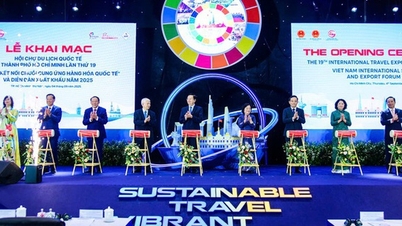





























Comment (0)